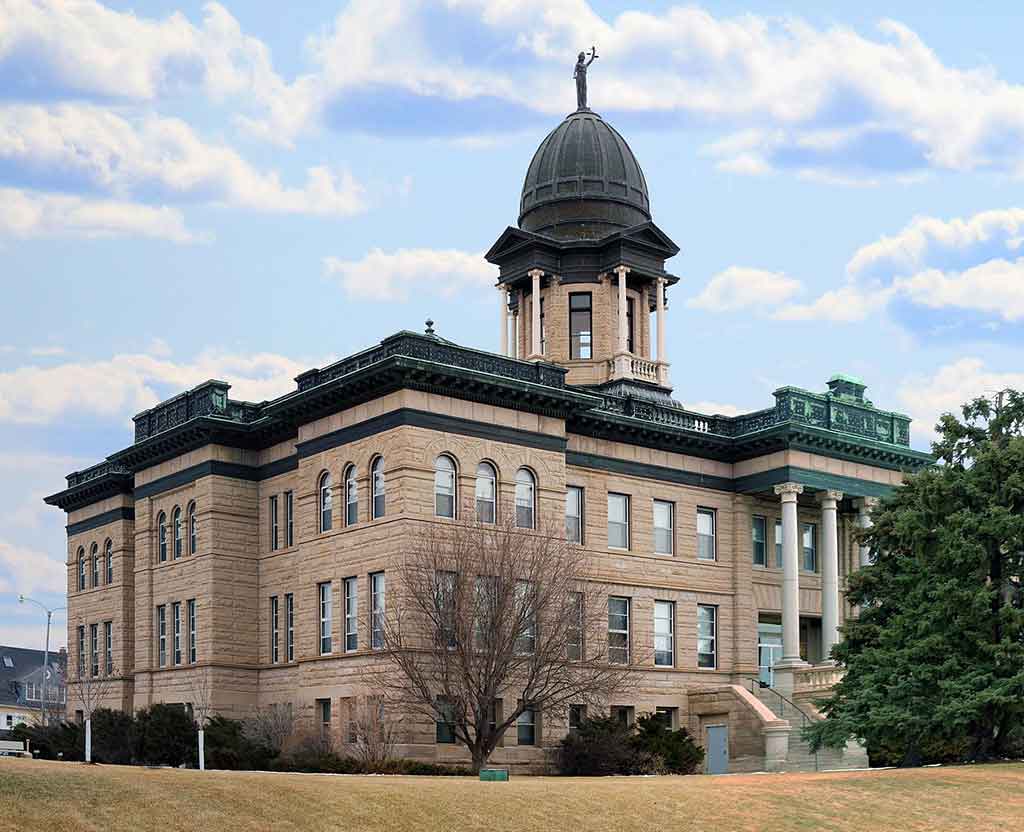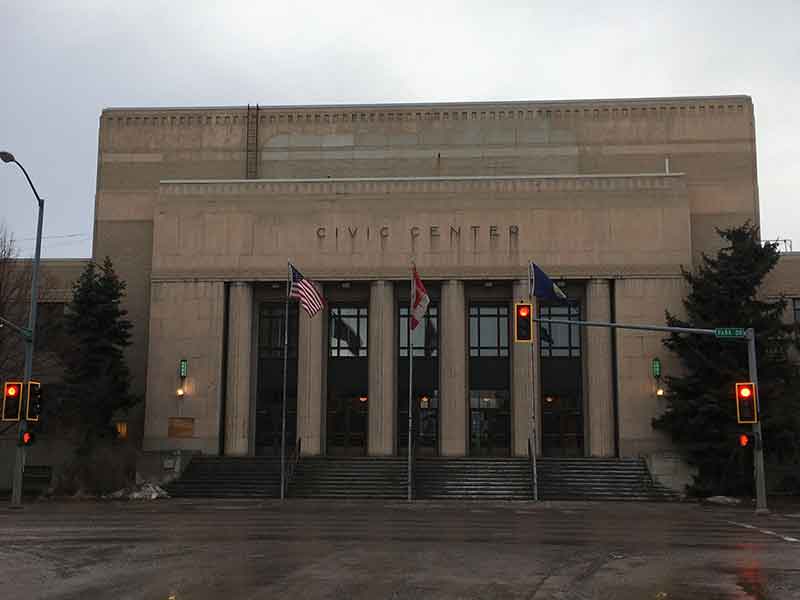I moved to southwest Kansas in the early nineteen-seventies as that area (Garden City, Dodge City and Liberal) experienced an economic boom based on the growth and influx of cattle feed lots, slaughter-houses and beef transport facilities. Like present day Montana, Finney, Ford and Seward, Kansas counties had just one major export….their young people, most of…
Category: Slaughterhouse
A Question For The Chief Slaughterhouse Opponent
In Jeni Dodd’s recent piece about the proposed Friesen development, Great Falls Concerned Citizens chief organizer, George Nikolakakos, writes: “On Mr, [Tom] Jacobson, as an economic authority in the region, his opinion matters and carries weight. What he has pointed out (unrelated to this project) is that the average wage in cascade county is $18 an…
More On Madison Food Park — Jobs And Water
Mr. Nikolakakos, I think you’re better off opposing this on the water/Madision Aquifer issue. That may be the strongest argument. You called Weissman’s assessment regarding jobs “silly.” However, I found much of your information to be misleading. First, you mentioned you posted the One Montana Feasibility Study. I found no such study posted on the…
“Thumbs Up To Madison Food Park” Says Local Writer
Great Falls, Montana is a great destination for any responsible Agricultural based processing industry. Madison proposes to put in a ‘State of the Art’ processing plant here. The new plant says eventually they will employ up to 3,000 people! If they are serious, have financing and regulatory permission in place they will be a very…
An Unbiased Zoning Board Of Adjustments
This week, the Cascade County Commission requested a list of anyone who has submitted a letter during the public comment period (or who has made a public comment regarding the Madison Food Park Slaughterhouse) as they consider two Zoning Board of Adjustment candidates. Commissioner Weber stated that anyone who made a public statement would likely…
Local City And County Board Openings
There are a couple of local government boards with fast approaching application deadlines readers should be aware of (and might be interested in applying for) – The Great Falls Ethics Committee and the Cascade County Zoning Board of Adjustments. The newly created City Ethics Committee is seeking three members to serve three, two and one…
Madison Food Park Questions
I’m not taking a side; I just have some questions. I repeat, I’M NOT TAKING A SIDE–yet! I want more information to form an informed opinion. First off, a complaint–Why did Great Falls Area Concerned Citizens plan an informational meeting about this important county-wide issue on Tuesday December 5 at 6:45 pm when there’s a…
Point Counterpoint
This morning, we published a post by George Nikolakakos, leader of the Great Falls Area Concerned Citizens group opposing the slaughterhouse. In the interests of balance, several days ago we also reached out to Todd Hanson of Norseman Consulting Group, who has been working with project developer Friesen Foods. We hope Hanson will take us…
Nikolakakos: Growth At What Cost?
The proposed slaughterhouse is the talk of the town, as well it should be. If constructed, the facility will clearly define Great Falls for generations to come. This industrial complex, with a footprint larger than Malmstrom, would be the largest in the North West and sit just four picturesque miles from city limits. The submitted…
Poll: Slaughter City?
At this point, most everyone knows: Canadian company Friesen Foods wants to bring the largest meat processing plant to Montana — just outside of Great Falls. Are you in favor of this project or not? Better yet, tell us why in the comments! [poll id=”7″]











